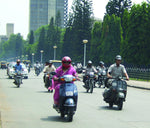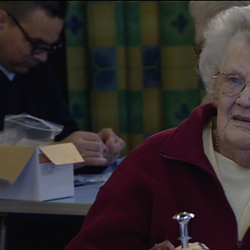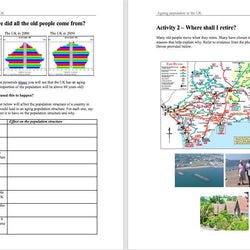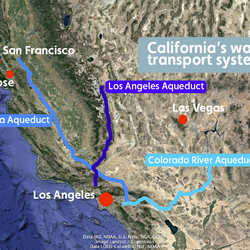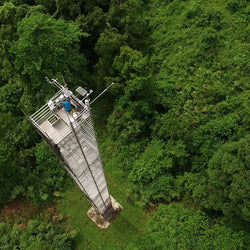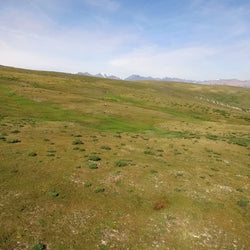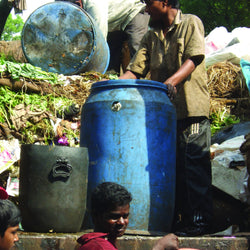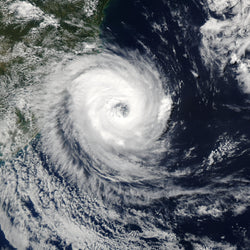To many people the term ‘Booming Bangalore’ conjures up images of India’s rise as a destination for out-sourcing, high-density populations crowded into poorly constructed housing and under-developed urban environments. This programme corrects some of those images and shows the vast divisions that have opened up in one of the world’s fastest growing cities.
It sets out to explain the reasons behind global shifts in the service economy and why Bangalore was well-placed to take advantage of the new information economy. Great care is taken to illustrate the real working conditions of those ‘lucky’ enough to be employed in the burgeoning ICT sector and surprising scenes of modern western architecture and urban planning explode some myths about Indian urbanisation. This is balanced with detailed insights, authoritative interviews and statistical evidence of the impacts of rapid growth since the 1990s. Attention is given to the low levels of government spending on infrastructure as a result of tax-incentive led developments.
The contemporary nature of the film makes for easy and direct comparison with urban areas around the world. The familiar issues of young people being priced out of the housing market, problems of water, energy and waste management together with social and economic inequalities are all illustrated with good effect. Cultural shifts, family tensions and environmental damage are all considered from the angle of real people and it is easy to connect with the circumstances that families in Bangalore face on a daily basis.
Bangalore is presented as a city for the 21st century; struggling to cope with its recent rapid growth and yet facing the future with optimism. Specialist comments, references to India’s colonial history and the emergence of a new TNC dominated form of neo-colonialism allows for provocative questioning and class discussion.
The programme is broken down into manageable chunks that make it accessible to all levels at GCSE, whilst it could be played in its entirety to higher level AS/A2 students.
The supporting learning materials are expertly designed to encourage ‘active learning’ and teachers will not be disappointed by the level of detail or suggested activities. These range from guided programme note sheets to specific, well-focussed tasks that explore, extend and challenge students to really think about what they are watching. There is nothing passive about this pack – it has been designed to stimulate discussion, question preconceptions and discover more about the impacts of globalisation, rapid economic development and the social, economic, cultural and environmental consequences. Vital skills of analysis, evaluation, discussion, problem-solving and role-play are all encouraged in imaginative, contemporary and purposeful ways.
The content is ideally suited to all GCSE specifications and the note sheets provide close links to course content. The current A Level specifications require an understanding of the ‘shrinking world’ and all that goes with it – emerging inequalities, the development gap, trade, aid and technological fixes to emerging problems. With India rising as a Superpower, this package provides essential coverage for all.
Pumpkin TV has produced a package of four high quality DVDs that explore a range of contemporary themes and issues arising from India's rapid 21st Century development.
Each of the DVDs considers this from a different perspective, as illustrated by the titles. These issues allow a range of broader geographical themes to be explored: women's rights, the benefits and problems of globalisation, the impact of climate change on LEDC populations and sustainable development in rural areas. This DVD package is primarily targeted at KS 4-5 students and satisfies all current GCSE and A-Level syllabi. The materials could be adapted for use with KS 3 in some scenarios. The programmes have been well researched, written and resourced and represent an up-to-date and engaging aid to learning and teaching about development. Each DVD provides access to a range of high-quality additional teaching resources including printable student worksheets/activities.
Each DVD utilises a case study approach. The chapters provide a clear and rational structure to follow, while allowing the teacher the necessary breaks to draw out detailed learning points.
These DVDs are a useful, up-to-date and adaptable resource that would be a helpful addition to many geography departments up and down the country.




